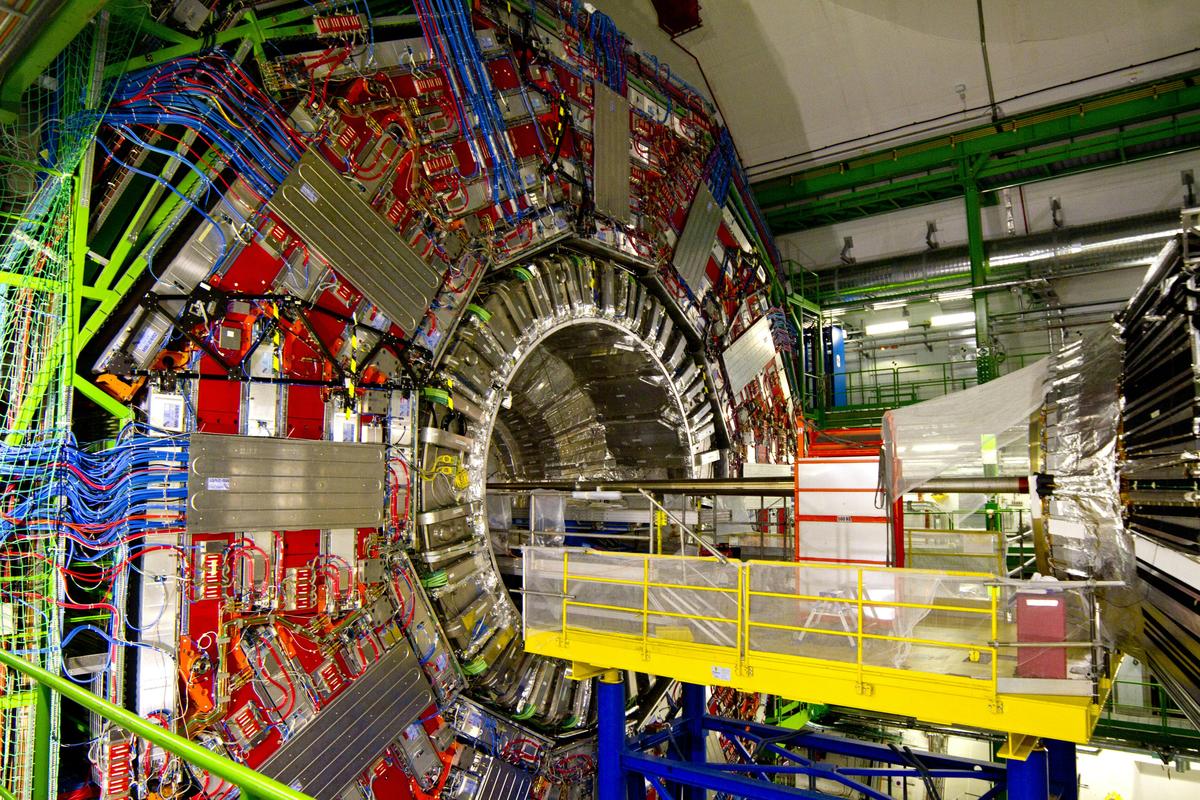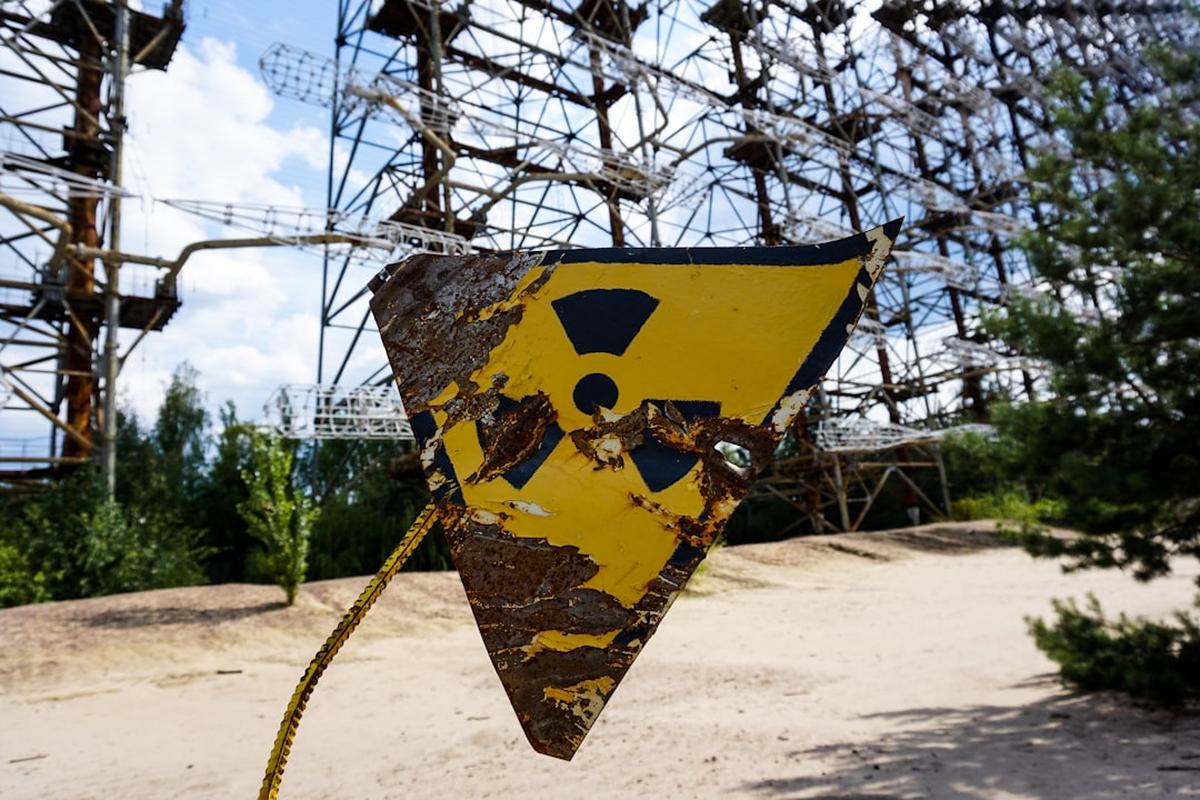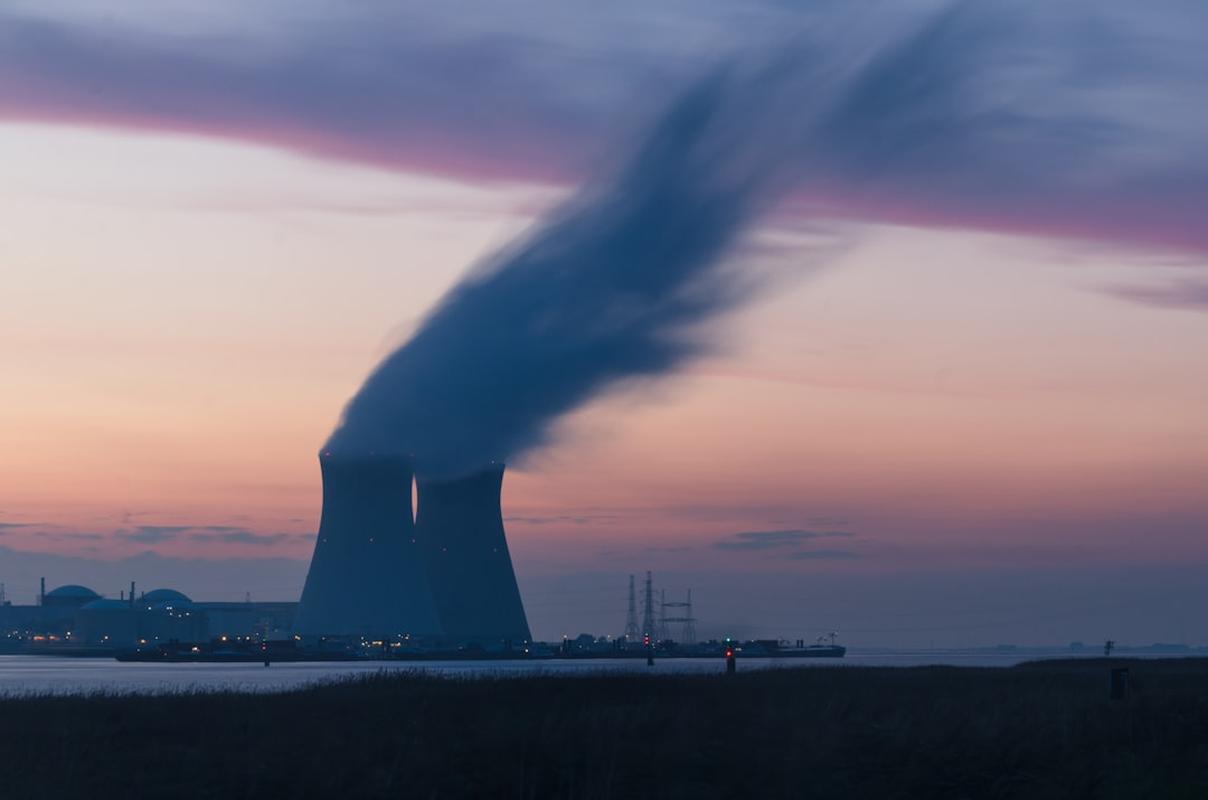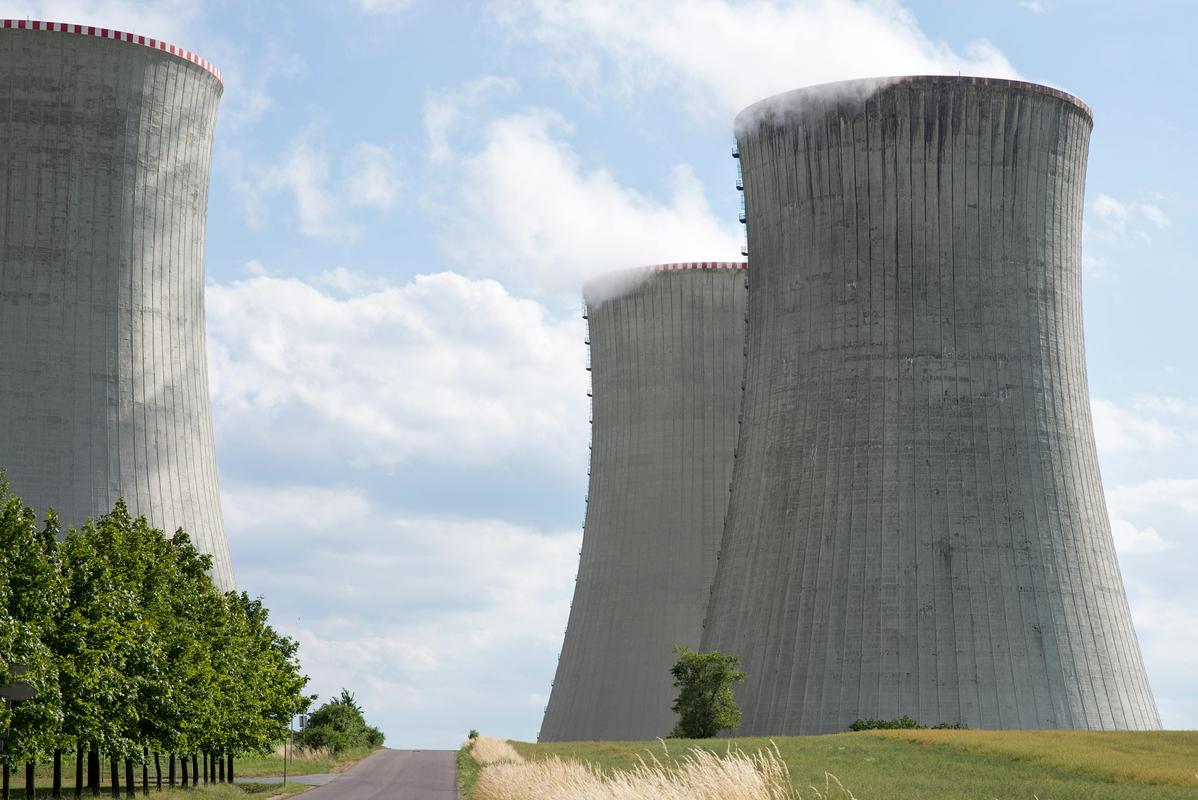Understanding Nuclear Energy: What Makes It Clean or Not?
Nuclear power has been a hot topic for a while now, with lots of debates about its impact on the environment and whether it’s a good clean energy source. Even though there have been some big disasters like Chernobyl and Fukushima, if we take a closer look, things aren’t as black and white.
Unlike fossil fuels, nuclear power plants make electricity through nuclear fission, which doesn’t produce direct carbon emissions. Actually, a study found that nuclear-generated electricity has a carbon footprint similar to wind and solar power. In the last 50 years, nuclear power has stopped 60 gigatons of CO2 from being released, which is a big help in the fight against climate change.
Plus, nuclear power plants run at much higher capacity levels than renewable energy sources, giving us a reliable and steady source of electricity. This is super important as we move towards a future powered by renewables, where nuclear can work alongside them to make sure our energy grid stays strong.
Worries about nuclear waste and meltdowns are legit, but the industry has made big progress in dealing with these issues. While past accidents have been bad, the partial meltdown at Three Mile Island only let out a tiny bit of radiation, with an average dose of just 1 millirem above background for the 2 million people nearby. Newer reactor designs, like Small Modular Reactors (SMRs), have better safety features and could be cheaper to build.
With the urgent need to cut greenhouse gas emissions, it’s time to take another look at nuclear power. By weighing the risks and benefits carefully, and keeping up with new technology, nuclear energy could be a key player in moving towards a cleaner, more sustainable future. 1 2
 Photo by Ramaz Bluashvili on Pexels
Photo by Ramaz Bluashvili on Pexels
The Environmental Impact of Nuclear Energy: Pros and Cons
Nuclear energy has long been a hot topic, with supporters praising its environmental benefits and critics raising concerns about its risks. But when we take a closer look, we see a more detailed picture of this complicated energy source.
One big plus of nuclear power is its low carbon footprint. Nuclear plants hardly emit any greenhouse gases while running, making them a clean option compared to fossil fuels. With the urgent need to tackle climate change, this becomes more and more important. “Nuclear energy has maybe the smallest impact on the environment - including air, land, water, and wildlife - of any energy source, as it doesn’t produce harmful greenhouse gases and keeps its waste isolated from the environment.”
Additionally, nuclear reactors are built with many safety features to prevent accidents. The latest generation of nuclear plants, called Generation III, haven’t had the same issues as older models. Companies running these plants have to prove to regulators that they can meet strict safety standards, giving an extra layer of assurance.
However, the nuclear industry does face challenges. The storage and disposal of radioactive waste is still a big worry, as this material can stay dangerous for thousands of years. Also, the costs of building and running nuclear power plants are high, and natural disasters can make these expenses even higher.
In the end, the environmental impact of nuclear energy is a complex topic that needs a balanced look. While it provides a clean and dependable source of electricity, the industry must keep working on safety and waste management to fully use its potential as a sustainable energy solution. As the world moves towards a low-carbon future, the role of nuclear power in the energy mix will definitely be a topic of ongoing discussion. 3 4
 Photo by Ilja Nedilko on Unsplash
Photo by Ilja Nedilko on Unsplash
Is Nuclear Energy a Sustainable Solution for the Future?
Nuclear energy has long been a hot topic, with supporters praising its potential as a clean and reliable energy source, while critics raise concerns about its impact on the environment and safety risks. As we tackle the challenge of moving towards a more sustainable future, it’s important to explore the role nuclear power can play in this journey.
One of the main benefits of nuclear energy is its low carbon footprint. Research shows that the greenhouse gas intensity of nuclear power is much lower than that of coal-fired plants, suggesting that nuclear energy could help in the fight against climate change as we reduce our use of fossil fuels.
However, the environmental impact of nuclear power goes beyond just carbon emissions. Each unit of nuclear electricity requires energy inputs and water consumption, and the management of nuclear waste is a significant challenge. The U.S. currently lacks a permanent storage site for the tons of spent nuclear fuel it generates each year.
- Nuclear energy accounts for about 19% of U.S. electricity, with a high capacity factor in 2022.
- The estimated cost of energy for advanced nuclear plants is higher than wind and solar.
- Renewable energy has a significant impact on CO2 emissions in the top 5 emitter countries, while nuclear energy’s impact is less significant.
As we consider the pros and cons of nuclear power, it’s clear that it’s a complex issue. While nuclear energy may offer a way towards a more sustainable future, its environmental impact and waste management challenges must be carefully considered. The role of nuclear power in the energy mix will depend on a balance of its benefits and drawbacks, as well as broader societal and political factors. 5 6
Comparing Nuclear Energy to Other Energy Sources: Is It Really Clean?
Nuclear power has long been a hot topic, with many questioning its green credentials. But when you take a closer look, nuclear energy might just be one of the cleanest and most reliable sources of electricity out there.
First off, nuclear power plants produce almost 20% of the electricity in the US, with about half of that being carbon-free. That’s pretty impressive, especially when you consider that these plants are running at almost full capacity 93% of the time. In comparison, coal and natural gas plants are only around 50% efficient, while wind and solar struggle to hit 30%. This efficiency means nuclear plants can run all day and night, providing a steady, reliable flow of electricity without the ups and downs that come with renewable sources.
And the environmental impact of nuclear power is surprisingly low. Nuclear fuel packs a lot of energy into a small space, needing way less land than other energy sources to produce the same amount of power. Solar facilities, for example, require over 30 times more land, and wind facilities need a whopping 170 times more. Plus, with existing nuclear reactors set to keep chugging along for 80 years, the industry’s impact on the environment will stay minimal for decades to come.
On top of all that, nuclear power has shown its strength during extreme weather events, with an average loss of less than 0.1% in capacity. This is a stark contrast to the ups and downs in price and supply chain issues that have hit fossil fuels, showing that nuclear power is a stable, reliable energy source.
As we all work towards cleaner energy, the data suggests that nuclear power is worth a closer look. With its top-notch efficiency, small environmental footprint, and proven reliability, it might just be the answer we’ve been looking for. 7 8
 Photo by Frédéric Paulussen on Unsplash
Photo by Frédéric Paulussen on Unsplash
References
-
“Nuclear Energy Factsheet” - css.umich.edu ↩
-
“Nuclear Power And The Clean Energy Transition” - www.ncsl.org ↩
-
“Safest Sources Of Energy” - ourworldindata.org ↩
